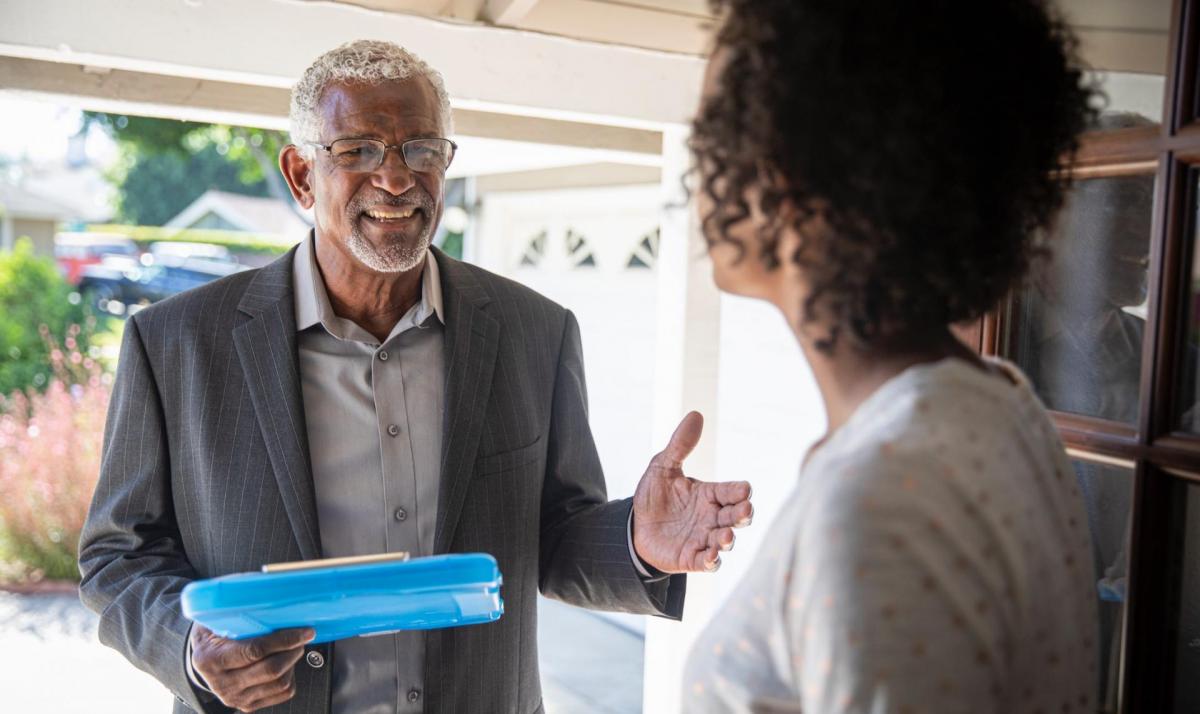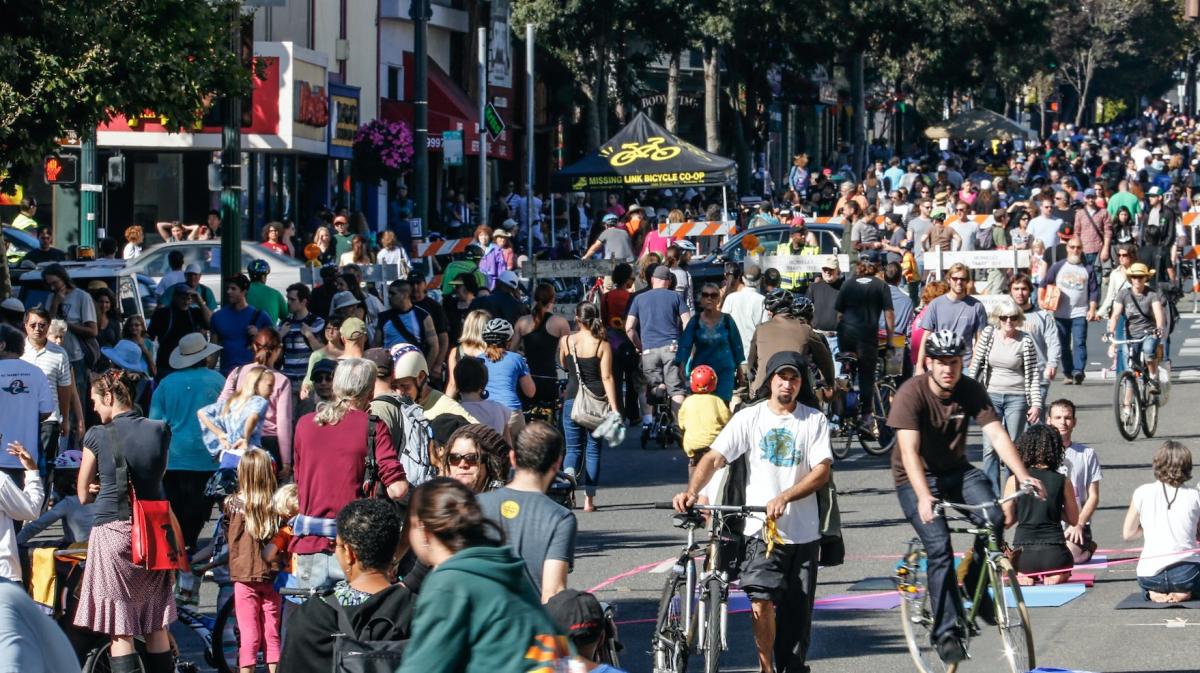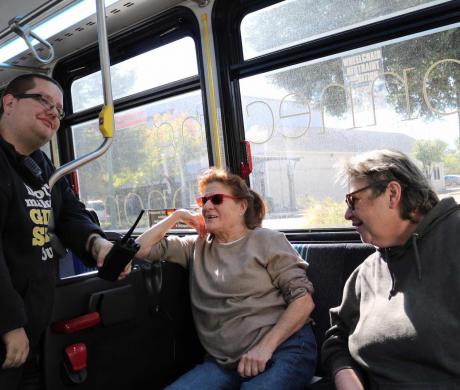Census 2020: What’s at Stake and Why Every City Needs to Drive Participation
The federal census is underway, and a great deal is at stake for California. Full participation in the census affects all of us — it shapes the magnitude of our voice in Washington, D.C., and has a profound impact on how much money our state and local governments receive from federal agencies.
Yet California faces unique challenges to achieving an accurate count. Seventy-five percent of residents in the Golden State are considered “hard to reach,” which means they have been historically undercounted in the census. Non-English-speaking, minority, low-income, rural residents, those experiencing homelessness, and children under five — are just some of the populations that fall into these historically undercounted groups.
An inaccurate population count could result in California losing a congressional seat and receiving less funding for essential programs such as Community Development Block Grants, transportation and infrastructure projects, school programs and lunches, children’s health insurance, Head Start, foster care, emergency services, and more. These impacts will further marginalize hard-to-count populations and erode their faith that government cares about their well-being.
Many residents are unaware of what’s at stake with the census. Others — especially hard-to-count groups — face cultural or language barriers to participation, are concerned about their privacy, or are fearful of answering questions about citizenship, which the census does not ask.
Research shows that U.S. residents have a much higher level of trust in their local government than in the federal government. That’s why the leadership of cities throughout California is critically important to educating residents about what the census is, why it’s important, and how they can participate.
What Residents Need to Know
By now, all U.S. residents should have received an invitation to participate in the census, which for the first time includes an online option. Data security is a high priority, and extensive safeguards are in place to protect the integrity of the census. All of residents’ personal information will be kept safe and confidential, and there is no reason to be worried about answering the questions.
Other ways to respond to the census include by phone or mail. From May through July, census takers will visit households that haven’t responded to the census to help make sure everyone is counted; residents should not be afraid to talk to them. And English-language proficiency is not required to participate — the online and phone census questionnaire is available in 12 languages in addition to English.
Cities can affirm the importance of the census by highlighting that federal funding is based on census data and local government’s ability to provide essential services depends on adequate funding. Participation is simple, confidential, and required. A complete and accurate census count is essential.
How Cities Can Drive Participation in the Census
It’s critical that information about the census is accessible and easy to understand and that it is shared through a multifaceted communications and outreach effort. Information about how to participate should be delivered through trusted messengers, especially when trying to reach historically undercounted residents. Here are some ways your city can increase participation in the census.
Enlist trusted messengers to share culturally appropriate information. Engage business, community, and faith-based groups in your community, and secure their help in reaching hard-to-count populations.
Amplify census messages through city communications channels. Include information on how to participate in the census and key deadlines in council member or city e-newsletters and social media platforms, and incorporate census messages in Town Hall meetings and coffee chats.
Dispel fear and misinformation about the census. Add a link on your city website to the frequently asked questions section of the CA Census 2020 website (at https://census.ca.gov/census-101).
Share information with the media. Issue a press release to local media outlets to encourage them to report on how residents can participate in the census, and provide media interviews as needed.
Distribute information through existing communications channels. Work with your municipal utilities to include alerts and reminders in monthly mailings and connect with schools to share information with students and their families.
Given the concerns about coronavirus transmission, the Census Bureau in March started reinforcing the message that it has never been easier to respond to the census on your own, whether online, over the phone, or by mail — all without having to meet a census taker.
Having an accurate count of California’s population in the 2020 census is essential to cities’ ability to serve their constituents. Educating our communities about the census will not only ensure fair federal representation and distribution of funding, it will also strengthen trust in local government and reaffirm that everyone counts.
Related Resources
Preparing for the 2020 Census: What Cities Need to Know
Photo Credit: Adamkaz (census taker); Alantobey (crowd)





